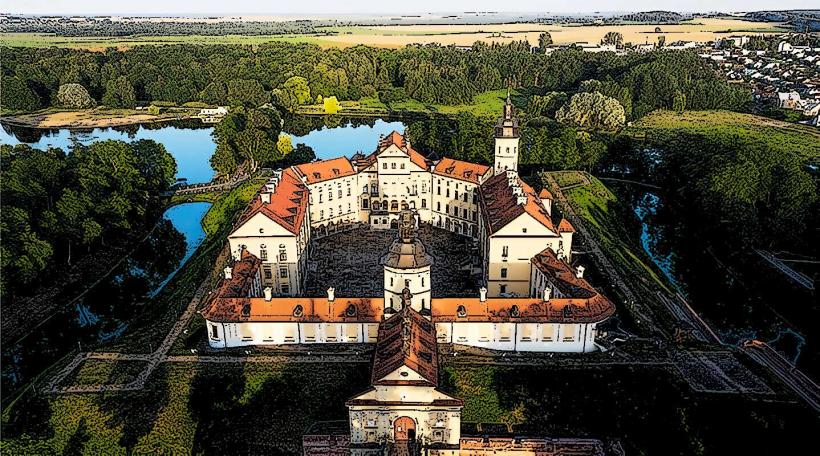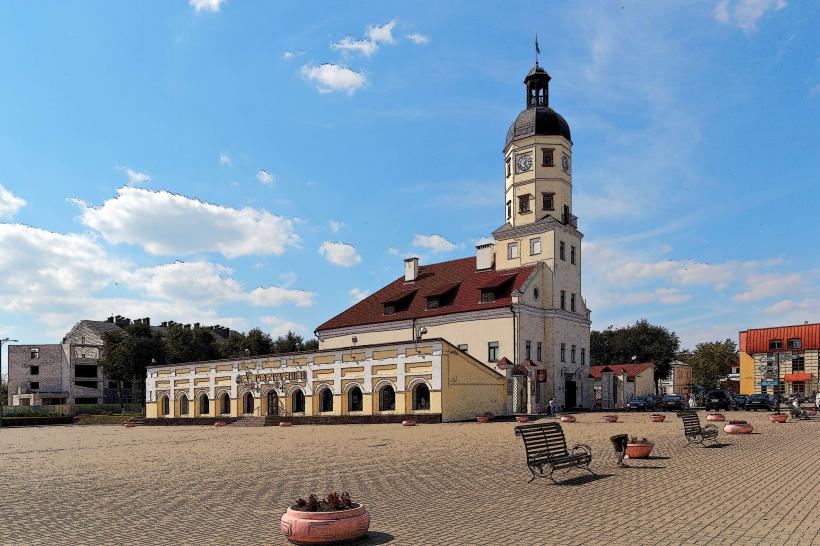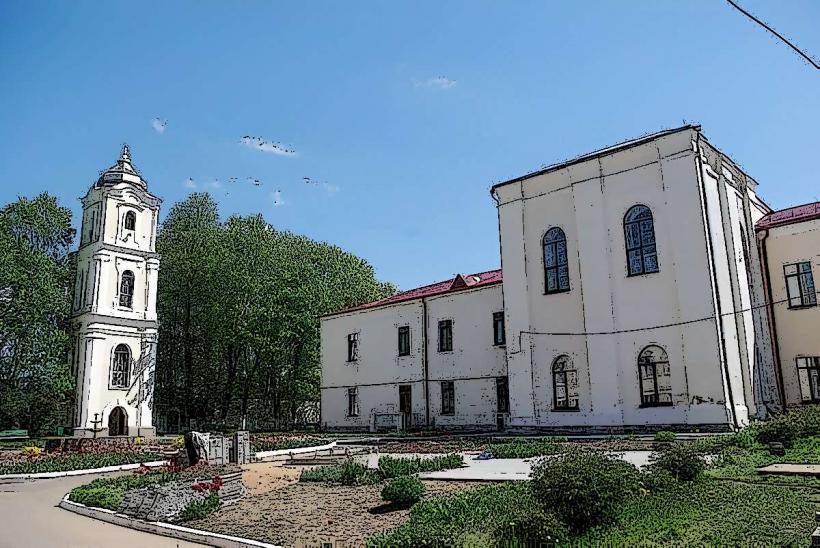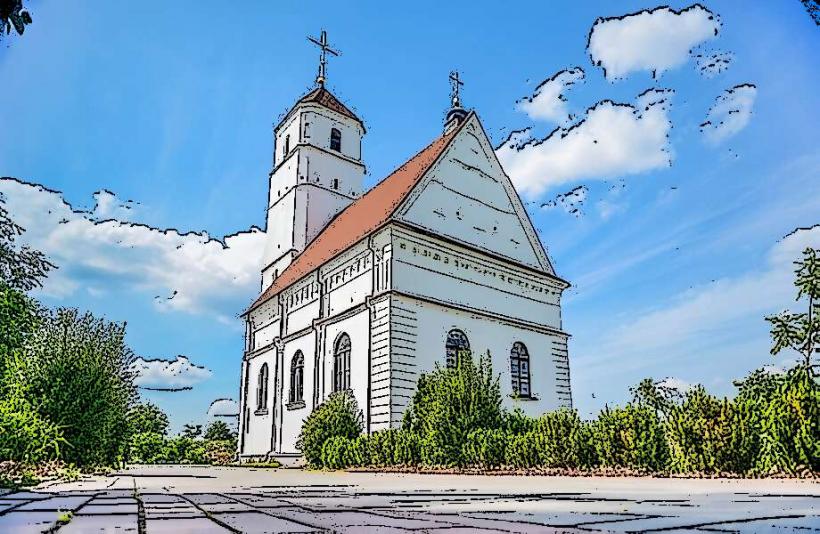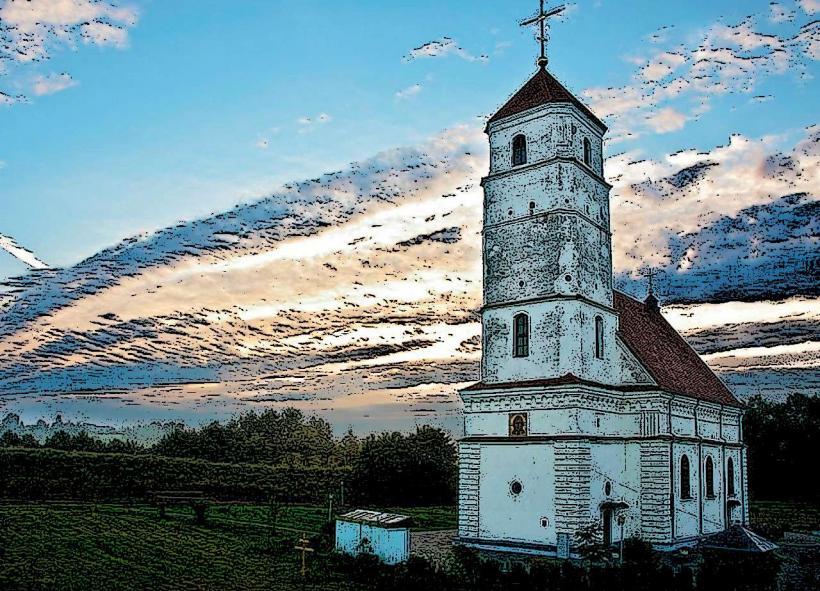Information
Landmark: Corpus Christi ChurchCity: Nesvizh
Country: Belarus
Continent: Europe
The Corpus Christi Church in Nesvizh, Belarus, is a remarkable Baroque-style church and a historically significant religious structure. It stands as one of the most notable examples of Jesuit architecture in Eastern Europe and is recognized for its artistic, historical, and architectural value.
Historical Background
- Foundation: The church was commissioned by Mikołaj Krzysztof "Sierotka" Radziwiłł, a prominent member of the powerful Radziwiłł family, in 1584. The Radziwiłł family were key patrons of the Jesuit order and deeply influential in the region.
- Completion: Construction was completed in 1593, making it the first Baroque-style building in the Polish-Lithuanian Commonwealth and one of the earliest such structures in Europe.
- Architect: The design was created by Giovanni Maria Bernardoni, an Italian Jesuit architect, who incorporated features of Italian Baroque into the church's architecture.
Architectural Highlights
- Baroque Style:
- The church is among the earliest Baroque religious buildings outside Italy.
- The facade is characterized by its symmetry, classical pilasters, and intricate ornamentation.
- Interior Design:
- The interior boasts elaborate stucco decorations, frescoes, and altars with detailed carvings.
- The high altar is a focal point, richly adorned and flanked by sculptural elements.
- Crypt:
- The church houses the Radziwiłł family crypt, where over 70 members of the family are interred, including notable figures in Polish-Lithuanian history.
- The crypt's importance as a historical and genealogical treasure adds to the church's significance.
Cultural and Religious Significance
- The church was an integral part of Jesuit missionary activity and education in the region. It served as a center for spreading Baroque art and Jesuit philosophy.
- The Radziwiłł family's patronage made it a symbol of their influence and commitment to the Catholic faith during the Counter-Reformation.
Modern Recognition
- UNESCO World Heritage Site: The Corpus Christi Church is part of the Nesvizh Castle complex, which is listed as a UNESCO World Heritage Site for its cultural and architectural importance.
- Tourist Destination: Today, it attracts visitors for its architectural beauty and historical significance, often being paired with tours of Nesvizh Castle.
Artistic Elements
- Frescoes: The church's frescoes depict scenes from the Bible and the lives of saints, reflecting the Baroque emphasis on drama and emotion.
- Wooden Sculptures: Many intricate sculptures decorate the interior, showcasing the craftsmanship of the period.
Preservation
- The church has undergone restoration to maintain its structural integrity and artistic features.
- It continues to function as a place of worship and a cultural monument.

